Crina Grosan
Individualised recovery trajectories of patients with impeded mobility, using distance between probability distributions of learnt graphs
Oct 29, 2024



Abstract:Patients who are undergoing physical rehabilitation, benefit from feedback that follows from reliable assessment of their cumulative performance attained at a given time. In this paper, we provide a method for the learning of the recovery trajectory of an individual patient, as they undertake exercises as part of their physical therapy towards recovery of their loss of movement ability, following a critical illness. The difference between the Movement Recovery Scores (MRSs) attained by a patient, when undertaking a given exercise routine on successive instances, is given by a statistical distance/divergence between the (posterior) probabilities of random graphs that are Bayesianly learnt using time series data on locations of 20 of the patient's joints, recorded on an e-platform as the patient exercises. This allows for the computation of the MRS on every occasion the patient undertakes this exercise, using which, the recovery trajectory is drawn. We learn each graph as a Random Geometric Graph drawn in a probabilistic metric space, and identify the closed-form marginal posterior of any edge of the graph, given the correlation structure of the multivariate time series data on joint locations. On the basis of our recovery learning, we offer recommendations on the optimal exercise routines for patients with given level of mobility impairment.
Using Traceless Genetic Programming for Solving Multiobjective Optimization Problems
Oct 07, 2021Abstract:Traceless Genetic Programming (TGP) is a Genetic Programming (GP) variant that is used in cases where the focus is rather the output of the program than the program itself. The main difference between TGP and other GP techniques is that TGP does not explicitly store the evolved computer programs. Two genetic operators are used in conjunction with TGP: crossover and insertion. In this paper, we shall focus on how to apply TGP for solving multi-objective optimization problems which are quite unusual for GP. Each TGP individual stores the output of a computer program (tree) representing a point in the search space. Numerical experiments show that TGP is able to solve very fast and very well the considered test problems.
* 9 figures. arXiv admin note: text overlap with arXiv:2110.02014
Classifying action correctness in physical rehabilitation exercises
Aug 03, 2021
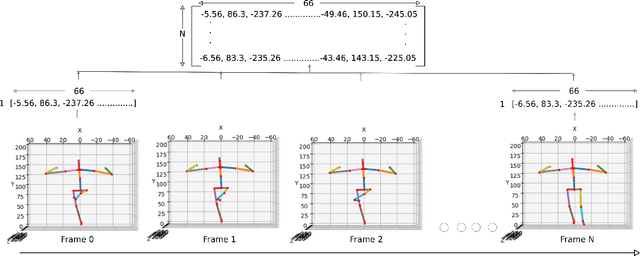
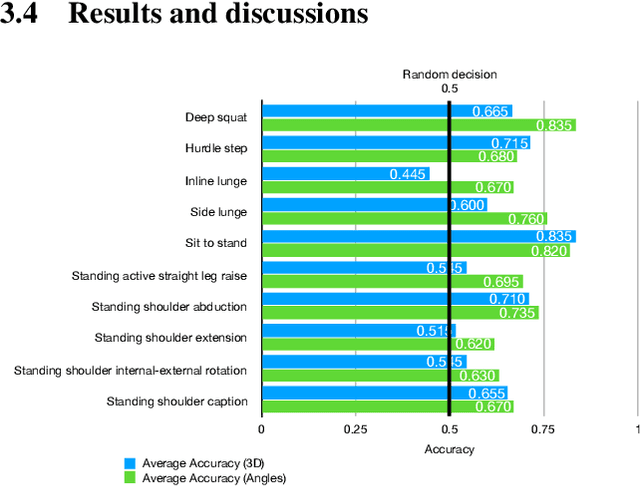
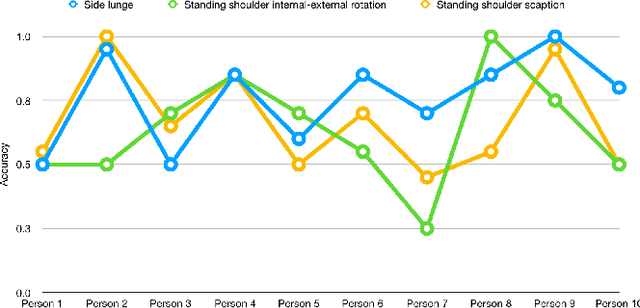
Abstract:The work in this paper focuses on the role of machine learning in assessing the correctness of a human motion or action. This task proves to be more challenging than the gesture and action recognition ones. We will demonstrate, through a set of experiments on a recent dataset, that machine learning algorithms can produce good results for certain actions, but can also fall into the trap of classifying an incorrect execution of an action as a correct execution of another action.
Meta-QSAR: a large-scale application of meta-learning to drug design and discovery
Sep 12, 2017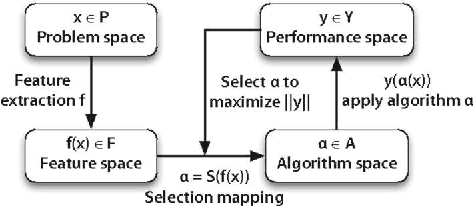
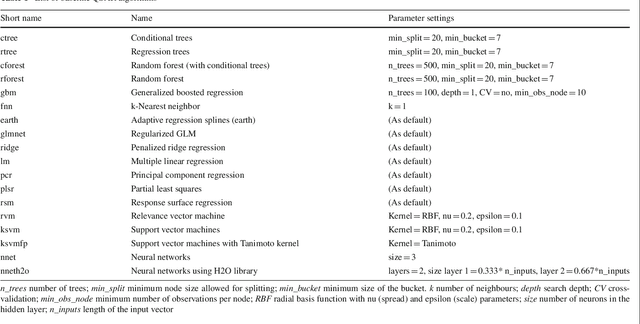

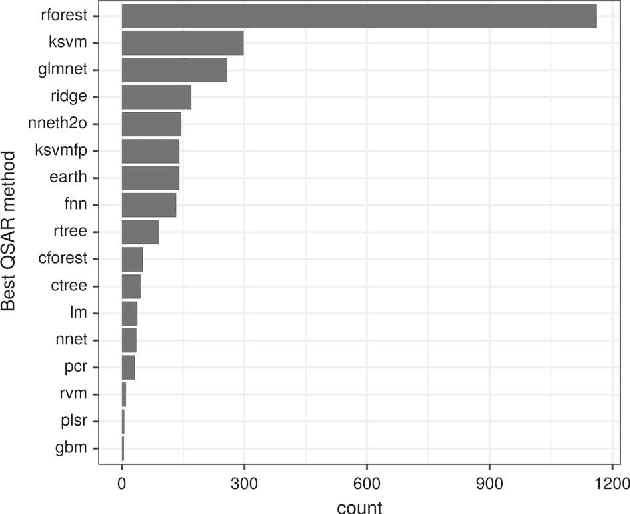
Abstract:We investigate the learning of quantitative structure activity relationships (QSARs) as a case-study of meta-learning. This application area is of the highest societal importance, as it is a key step in the development of new medicines. The standard QSAR learning problem is: given a target (usually a protein) and a set of chemical compounds (small molecules) with associated bioactivities (e.g. inhibition of the target), learn a predictive mapping from molecular representation to activity. Although almost every type of machine learning method has been applied to QSAR learning there is no agreed single best way of learning QSARs, and therefore the problem area is well-suited to meta-learning. We first carried out the most comprehensive ever comparison of machine learning methods for QSAR learning: 18 regression methods, 6 molecular representations, applied to more than 2,700 QSAR problems. (These results have been made publicly available on OpenML and represent a valuable resource for testing novel meta-learning methods.) We then investigated the utility of algorithm selection for QSAR problems. We found that this meta-learning approach outperformed the best individual QSAR learning method (random forests using a molecular fingerprint representation) by up to 13%, on average. We conclude that meta-learning outperforms base-learning methods for QSAR learning, and as this investigation is one of the most extensive ever comparisons of base and meta-learning methods ever made, it provides evidence for the general effectiveness of meta-learning over base-learning.
A Collection of Challenging Optimization Problems in Science, Engineering and Economics
Apr 09, 2015Abstract:Function optimization and finding simultaneous solutions of a system of nonlinear equations (SNE) are two closely related and important optimization problems. However, unlike in the case of function optimization in which one is required to find the global minimum and sometimes local minima, a database of challenging SNEs where one is required to find stationary points (extrama and saddle points) is not readily available. In this article, we initiate building such a database of important SNE (which also includes related function optimization problems), arising from Science, Engineering and Economics. After providing a short review of the most commonly used mathematical and computational approaches to find solutions of such systems, we provide a preliminary list of challenging problems by writing the Mathematical formulation down, briefly explaning the origin and importance of the problem and giving a short account on the currently known results, for each of the problems. We anticipate that this database will not only help benchmarking novel numerical methods for solving SNEs and function optimization problems but also will help advancing the corresponding research areas.
 Add to Chrome
Add to Chrome Add to Firefox
Add to Firefox Add to Edge
Add to Edge